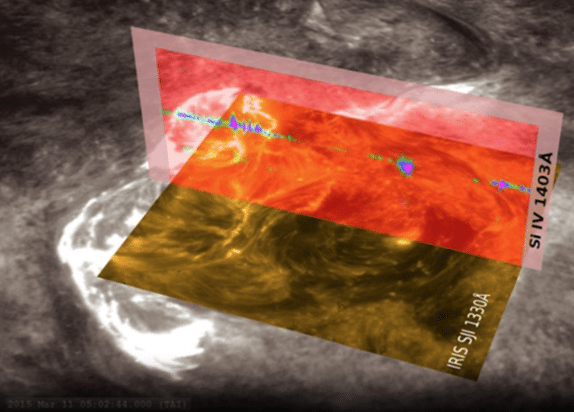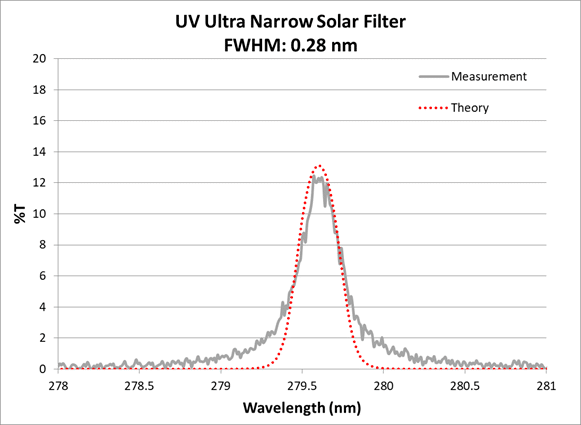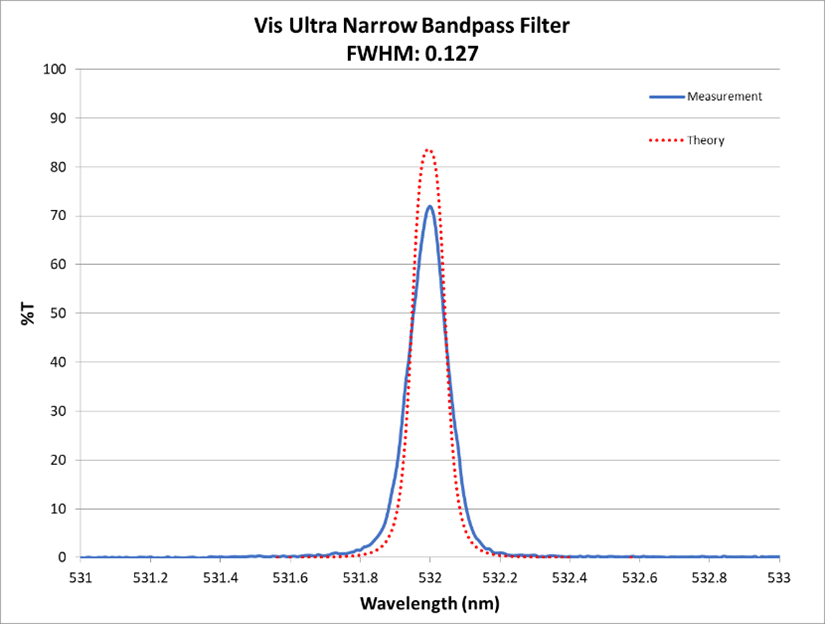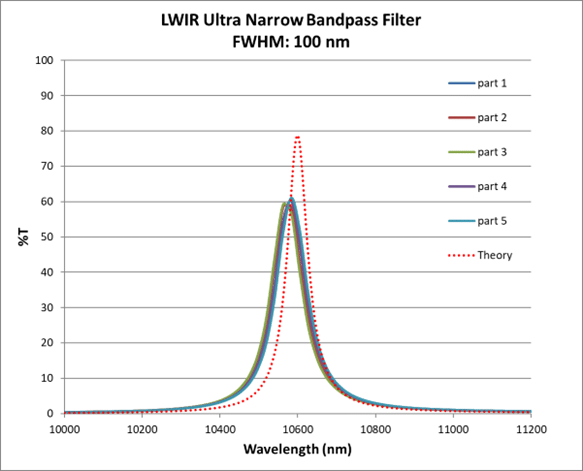Sponsored by AlluxaReviewed by Olivia FrostMar 7 2024
Optical sensors and imaging technologies are becoming increasingly central to how people interact, understand, and explore the world. The implementation of optical devices is broad, ranging from implanted transdermal bioMEMS devices to space-flight surveyors deployed as near and deep space instruments.

Image Credit: Dima Zel/Shutterstock.com
Ultra-narrow bandpass (UNBP) thin-film optical filters are central to the functionality of modern optical devices, enabling discrimination of sub-nanometer bands inside broad spectra.
These filters, pioneered as NIR DWDM filters for the telecommunications industry, have become vital for the extraction of meaningful signals from imaging and sensing devices operating from deep ultraviolet to the mid-infrared bands.
The development of innovative deposition techniques, such as Alluxa’s SIRRUS™, has transformed the manufacture of UNBP filters from a low throughput, high-cost enterprise into a highly deterministic manufacturing process.
Critical filter attributes such as form factor, spectral resolution, and spatial uniformity have also begun to exceed capability/performance thresholds. This article discusses some of the most recent applications of UNBPs.
Heliophysics
The field of heliophysics has emerged as an area of significant research interest, particularly in relation to magnetic field/plasma phenomena, such as coronal mass ejections (CMEs).1
Studies over the past two decades include high atmospheric flights and numerous space-flight missions. These solar surveyors have employed multi-wavelength UNBP filters for high temporal and spatial resolution scans of the heliosphere’s low, mid and high segments.
Finer resolution imaging of plasma velocity (temperature profiling of the heliosphere) is crucial for the development of next-generation instrumentation. To address this requirement, Alluxa is producing high-finesse multi-cavity UNBPs in the UV.

Figure 1. Interface Region Imaging Spectrograph (IRIS) explorer visualization with windowed SJI imagery.1 Image Credit: Alluxa
Filters with more than 500 layers have been developed for imaging spectrographs and other sensing applications. Employing an array of instrumentation developed internally, Alluxa filters have been proven to exhibit FWHM < 0.5 nm and peak transmittance of 0.10 - 0.50 (10 – 50 %) while blocking 200-1200 nm at OD6-12, as shown in Figure 2.
This exceptional spectral profile is attributed to deposition system configuration and process methodologies for minimizing losses (scatter and absorption) in high interface-count filters, critical for the high performance of UV filters.

Figure 2. UV Ultra-Narrow Solar Filter. Image Credit: Alluxa
Atmospheric Science
With the increasing variability of global weather systems, atmospheric observation and modeling are of key concern and could significantly alter geo-economic constructs such as the green-house emissions global mercantile system.
Specifically, filters at 532 nm and 1064 nm are central to enhancing the ability of researchers to measure backscatter and volume depolarization for diurnal cloud and aerosol profiles in the troposphere.
Figures 3 and 4 highlight the performance of a 532-0.127 and 1064-0.25 OD6 Ultra-Narrow Bandpass filter, respectively, closely matching the intended theoretical simulation. The filters are to be employed in a flight mission for practical use in atmospheric Lidar remote sensing.3,4

Figure 3. VIS Ultra-Narrow Bandpass Filter, CWL @ 532 nm. Image Credit: Alluxa

Figure 4. NIR Ultra-Narrow Bandpass Filter, CWL @ 1064 nm. Image Credit: Alluxa
Gas Monitoring
Gas monitoring and analysis, particularly at wavelengths in the LWIR, is another area currently experiencing rapid growth. Laser applications in this wavelength regime range from the manufacture of medical equipment to experimental tattoo removal procedures.
Controlling the laser bandwidth and attenuating out-of-band light is vital in such applications; hence, ultra-narrows have emerged as a crucial component. Figure 5 demonstrates the ability of Alluxa to develop and consistently manufacture a 10.6 micron with FWHM < 0.1 micron in the LWIR region.

Figure 5. 10.6 micron LWIR Ultra-Narrow Bandpass. Image Credit: Alluxa
Conclusions
The range of emerging applications requiring ultra-narrow bandpass filters demands constant innovation and improvement from manufacturers. From minimizing loss or scatter in the UV to increased in-band transmission in conjunction with narrower bandwidths in the LWIR, these demands are continuously met by innovations from Alluxa.
The SIRRUS™ deposition platform, together with the design and engineering expertise of Alluxa, has been a key contributor to recent advancements in the field, demonstrated by exceptional UNBPs.
References and Further Reading
- EUVST. [Online] NASA Science. Available at: science.nasa.gov/mission/euvst/ (Accessed on 25 February 2024).
- Fox, K. (2015). A Slice of Light: How IRIS Observes the Sun. [Online] Scientific Visualization Studio, NASA. Available at: svs.gsfc.nasa.gov/11897 (Accessed on 25 February 2024).
- Cloud-Aerosol Transport System (CATS). [Online] CATS, NASA. Available at: https://science.nasa.gov/mission/cats/ (Accessed on 25 February 2024).
- Nowottnick, E. et al. (2022). The ALICAT Lidar for the AOS-Inclined Orbit: Instrument Overview and Projected Performance. [Online] AOS, NASA. Available at: https://aos.gsfc.nasa.gov/meetings-documents-more.htm?id=175 (Accessed on 25 February 2024).

This information has been sourced, reviewed and adapted from materials provided by Alluxa.
For more information on this source, please visit Alluxa.